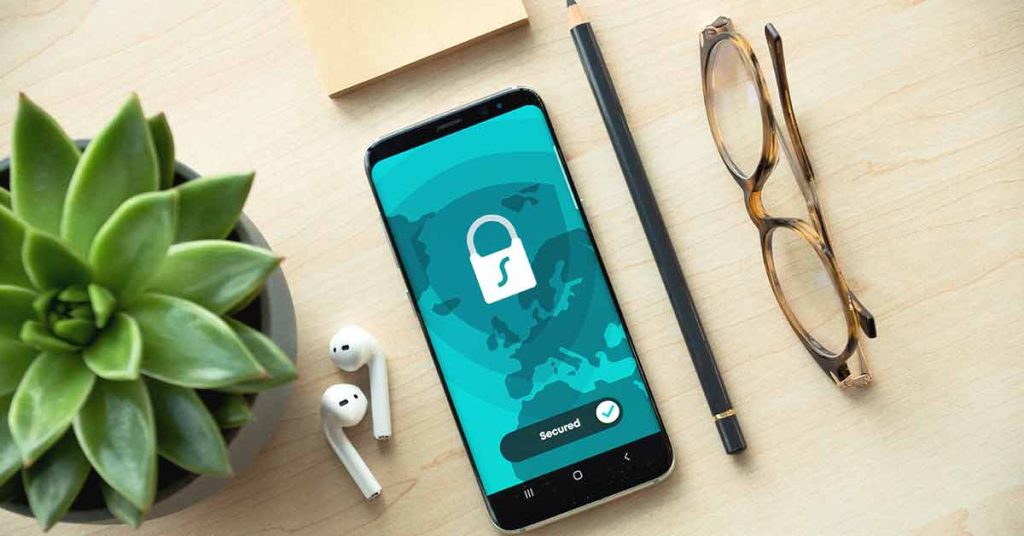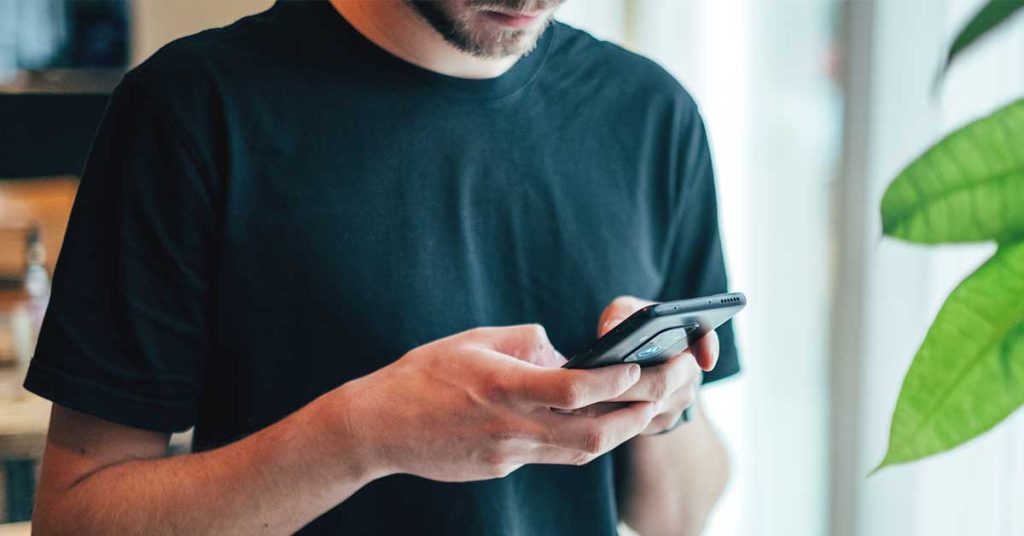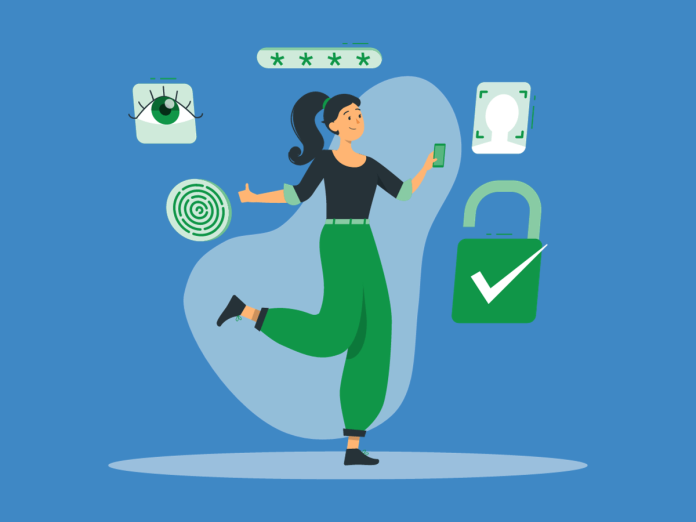We’re diving headfirst into the world of Two-Factor Authentication or 2FA, a security net that can safeguard your digital kingdom from uninvited cyber intruders. In our quest to master the digital realm, we’ll explore the concept of Two-Factor Authentication, a security practice that goes beyond the traditional username and password setup. Stick around as we unravel the power of 2FA and its importance in your online journey.
Table of Contents
Authentication and Its Importance
Before we delve into the fascinating world of Two-Factor Authentication, let’s set the stage by understanding the fundamental concept of authentication and why it’s the linchpin of online security.
Authentication, in simple terms, is the process of verifying your identity to gain access to a system, website, or application. Think of it as your digital identification, proving you are who you claim to be. In the online world, your username and password often serve as the keys to this identification. However, relying solely on this duo leaves your digital door vulnerable to cunning hackers.
What Is Two-Factor Authentication (2FA)?
Enter the superhero of online security: Two-Factor Authentication or 2FA. This security protocol isn’t just an extra layer of protection; it’s the shield that guards your online fortress.

In essence, 2FA requires not one but two authentication factors before granting access. The first factor usually remains your traditional username and password combo, while the second factor is a unique code or credential that only you possess. This additional level of security ensures that even if someone knows your password, they won’t get past the gates without the second piece of the puzzle.
Why Two-Factor Authentication (2FA) Matters
So, why should you care about 2FA? Well, let’s paint a vivid picture of why this security measure is a game-changer in the digital realm.
Protection Against Hackers:
Hackers are constantly on the prowl, seeking weak links in your online armour. With 2FA, you add an extra layer of security, making it exponentially harder for attackers to breach your defences. Even if they manage to snatch your password through cunning means like phishing, they’ll be stumped by the additional factor.
Access to Sensitive Information:
People store sensitive data online – from business plans to customer information. 2FA ensures that only you and trusted individuals gain access to this invaluable data, protecting your interests and your customers’ privacy.
Account Recovery:
We all forget passwords from time to time; it’s a part of the digital age. 2FA acts as your safety net, ensuring you can regain access to your accounts even if you can’t recall that tricky password. It’s like having a spare key to your online life.
The Role of Passwords in 2FA
Before we jump into the nitty-gritty of 2FA, it’s essential to understand how passwords fit into this security equation.
While passwords are the first line of defence, they are far from invincible. They can be guessed, cracked, or stolen, leaving your digital privacy exposed. That’s why, in the world of 2FA, passwords are just the first step in a more robust security dance. This dynamic duo ensures that even if one factor falters, the other holds the fort.
Understanding Multi-Factor Authentication (MFA)
Before we explore the various methods of 2FA, let’s broaden our horizons by delving into Multi-Factor Authentication or MFA.
While 2FA requires two factors, MFA takes it up a notch by involving more than two. It’s a comprehensive approach that can include something you know (password), something you have (a mobile device), and something you are (fingerprint or facial recognition). MFA is like fortifying your digital fortress with multiple layers of security.

According to Alex Weinert, Group Program Manager for Identity Security and Protection at Microsoft, ‘Based on our studies, your account is more than 99.9% less likely to be compromised if you use MFA.
For those who crave absolute security, MFA is the gold standard. It’s like having a security team with layers of expertise – each layer adding to the overall protection.
Exploring Different Authentication Methods
Now that we’re well-versed in the art of 2FA and MFA let’s dive into the exciting world of different authentication methods.
SMS-Based 2FA: A text message as your second key
One of the most common 2FA methods involves sending a unique code to your mobile phone via SMS. When you log in, you enter this code, which adds an additional measure of security.
Authenticator Apps: Your digital guardian
Another popular method is using authenticator apps like Google Authenticator or Authy. These apps generate time-sensitive codes that sync with your online accounts. You enter the code displayed on your app, providing that additional measure of security.
Hardware Tokens: The physical key to your digital realm
For those who want to take security up a notch, hardware tokens are the way to go. These physical devices generate unique codes, ensuring that only someone in possession of the token can gain access.
FAQ for Two-Factor Authentication (2FA)
What is Two-Factor Authentication (2FA)?
Two-Factor Authentication (2FA) is an additional security measure that provides an extra layer of protection for your accounts. It requires users to provide two forms of identification or authentication before granting access to the account.
Why is using 2FA important?
Using 2FA is important because it adds an additional measure of security to your accounts. Even if your password is compromised, the attacker would still need access to the device which has your 2FA code (e.g., your smartphone) in order to gain unauthorised access to your account.
How does 2FA work?
2FA works by combining two different types of authentication. The first factor is typically something the user knows, such as a password. The additional factor is usually something the user has, such as a smartphone or a physical key fob. By requiring both factors, it significantly enhances the security of the authentication process. Once 2FA is enabled, you will receive a prompt to provide the 2FA code whenever you log in or perform certain actions that require additional verification.
What are the benefits of using 2FA?
2FA provides several benefits, including: improved account security, protection against data breaches, ability to deploy a multi-factor authentication system, prevention of unauthorised access, and enhanced user authentication.
What are the different types of 2FA?
There are several different types of 2FA, including: one-time password (OTP) authentication, biometric authentication, hardware tokens (e.g., key fobs), and smartphone app authentication.
What happens if I lose access to the second factor (e.g., my smartphone)?
If you lose access to the required 2FA code, you may need to follow specific procedures provided by the service or platform to regain access to your account. This may involve providing additional forms of authentication or contacting customer support.
In Conclusion
In the ever-evolving world of cybersecurity, Two-Factor Authentication (2FA) stands as a beacon of hope for those navigating the digital seas. It’s not just a security net; it’s your fortress’s strongest wall. MCloud9, the go-to web hosting and domain registration company, understands the importance of 2FA and other security measures in your online journey. We not only encourage but fully support Two-Factor Authentication (2FA) for all our clients’ accounts.
As you venture into the world of online business, remember that the digital realm can be a treacherous place. However, with 2FA you can confidently conquer the digital frontier, one secure login at a time. Stay safe, stay secure, and let your online dreams soar.


